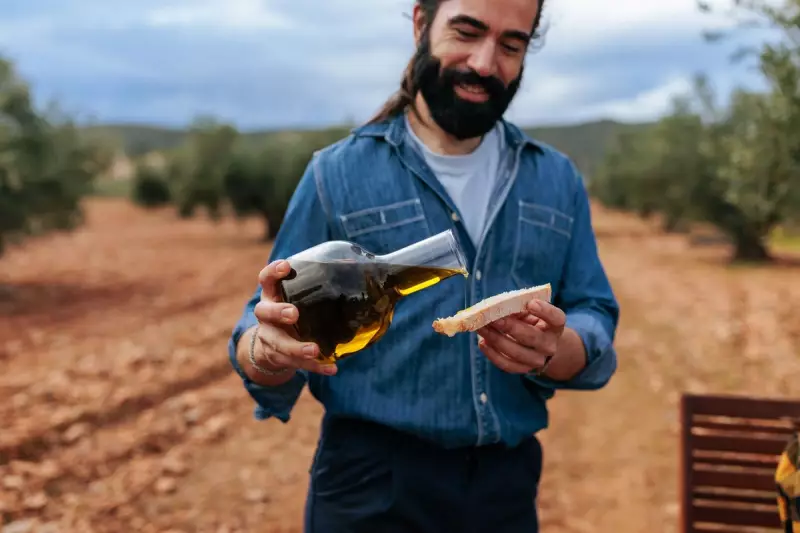
Olive oil, often called 'liquid gold', is a kitchen staple celebrated for its role in countless dishes and its impressive health benefits. However, not every bottle on the shelf offers the same quality. According to industry specialists, selecting a superior oil requires a discerning eye.
What Determines Olive Oil Quality?
Much like fine wine, the character of olive oil is shaped by its origins. The quality of the land, the climate where the olives are grown, and the methods used to process the harvest are all critical factors.
'The question of quality ultimately comes down to the health of the tree and the milling practices,' explained Mary Mori, vice president of quality and product at California Olive Ranch. This company was ranked top in the 2025 World Olive Oil Rankings. 'We always say, ‘You can’t make great olive oil without great olives.’'
Producers also face significant challenges beyond their control. In California, for instance, decades of drought have gripped the olive oil crop. These arid conditions can reduce the size of the harvest and result in a more bitter taste. Conversely, heavy flooding poses another threat, making olive groves vulnerable to diseases that can destroy entire crops.
Price, Transparency, and Trusted Certifications
When it comes to cost, you often get what you pay for. Joseph Profaci, director of the North American Olive Oil Association, confirms that the more expensive the olive oil, the better the quality tends to be. His advice is simple: 'Buy the best olive oil you can afford.'
However, a high price tag isn't a guaranteed mark of quality. Mary Mori warns consumers not to be seduced by beautiful packaging alone. 'Just because a bottle costs $40 or has beautiful packaging doesn’t necessarily mean it’s higher quality,' she said. Instead, she recommends focusing on brands that carry trusted certifications and provide full transparency about their sourcing and quality standards.
These certifications, such as those from the International Olive Council, verify that the oil meets strict international standards for purity and quality. While olive oil is produced globally, Spain is the largest producer, responsible for more than half of the world's supply in some years. Its ideal climate of warm, dry summers and mild winters is perfect for olive trees. Italy and Greece typically follow as the next largest producers.
The Superior Choice: Extra Virgin Olive Oil
Both experts agree that extra virgin olive oil (EVOO) is the best choice for consumers. This classification refers to oil that is the least processed. The production involves crushing olives—commonly Arbequina in California and Picual in Spain—into a paste, which is then stirred in a malaxer machine to separate the oil from the water.
Prices for EVOO can vary widely. You can find a litre for around $20 in the US, but some bottles half that size may cost up to $60, reflecting higher quality, production costs, limited supply, or brand prestige.
More refined olive oils undergo a less pure process. They are typically made from lower-quality olives and are then treated with heat or chemicals to correct impurities, resulting in a milder, less pungent flavour.
Health Benefits and Culinary Uses
All olive oils offer health advantages, being high in oleic acid, a good fat that lowers bad cholesterol, and packed with immune-boosting vitamin E. However, extra virgin olive oil has a unique advantage: a high concentration of polyphenols.
These antioxidants help prevent cell damage that can lead to heart disease and cancer. 'Phenols are present in all extra virgin olive oils, and the more intense the bitterness and pungency, the higher the phenol content,' Mori explains.
The final consideration is how you plan to use the oil. Joseph Profaci suggests asking, 'What do you plan to do with the oil? Are you going to cook with it? Are you using it as a finishing oil?'
Robust oils with a richer taste are excellent with soups, salads, pasta, or fish. Extra virgin olive oils are incredibly versatile. There are no hard rules on quantity, so feel free to experiment. A capful over vanilla ice cream with sea salt creates a delicious dessert, and a small bowl is perfect for dipping bread as an appetiser.





